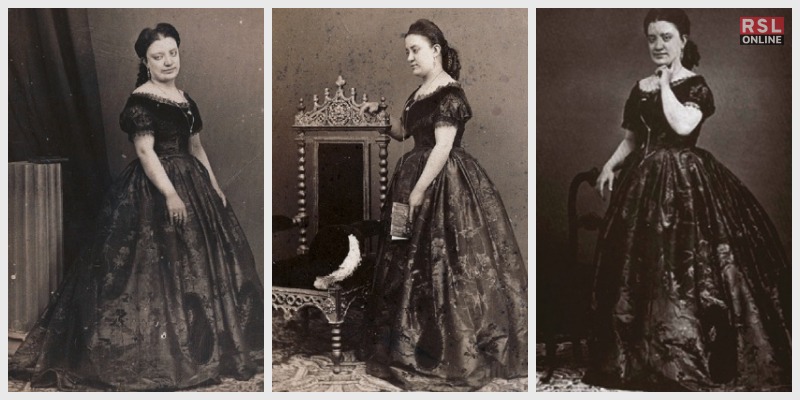Ángela Peralta, one of the most famous operatic singers from 19th century Mexico, had accumulated immense name and fame due to her magical voice.
She had acclaimed the most major operatic houses in Europe by the time she was only 20. But, just as they say, the most talented people often live the shortest; she died at the age of 38.
However, the fame, name, and honor she had gained during that short lifespan were immense. Here is the short life story of Ángela Peralta and a briefing on her career.
Who Was Ángela Peralta?
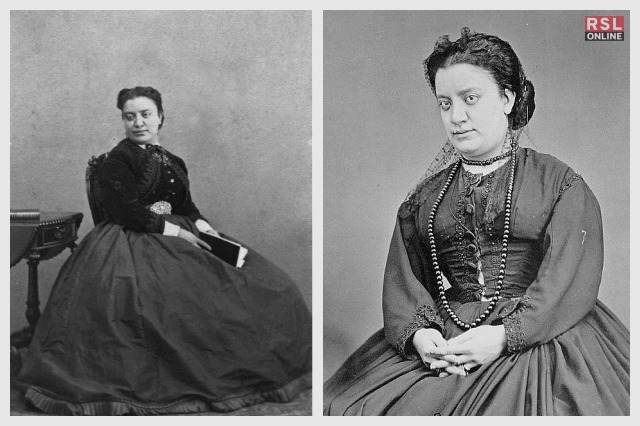
Ángela Peralta was born on June 16, 1845, in Mexico City. She comes from a family of humble origins. She was known as the “Mexican nightingale” for her extraordinary operatic voice.
Most surprisingly, she had a long name – María de Los Ángeles Manuela Tranquilina Cirila Efrena Peralta Castera. Ángela Peralta was also a composer, a pianist, and a harpist.
Peralta was the daughter of Josefa Castera de Peralta and Manuel Peralta. She was great at singing. When only a girl, Peralta sang a Cavatina by Gaetano Donizetti at the age of 8 and successfully won many hearts. After this success, she went to study at Conservatorio Nacional de Música.
Later, she made her operatic debut at the age of 15 as Lenora in Trovatore by Giuseppe Verdi. Her talent took her too far quickly. Her father accompanied her, and a wealthy patron named Santiago de la Vega financed her music study. She went to study music under Leopardi in Italy.
Success As A Musician
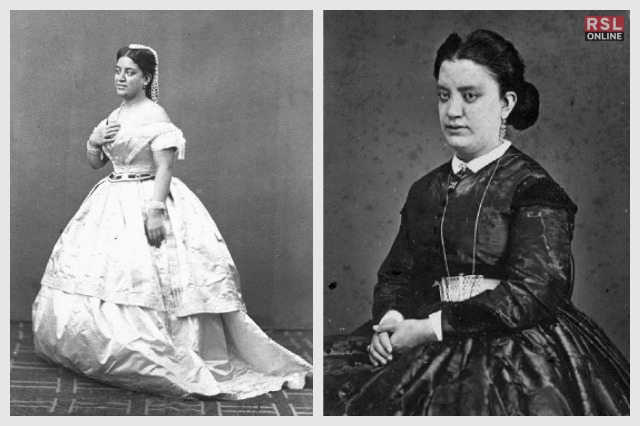
After her study under Leopardi, Peralta went to perform in Milan at the La Scala opera house. This was when she was only 17 years old in 1862. The following years offered more opportunities to the Mexican Nightingale.
She sang in some of the most prestigious operatic houses in the following two years. Some of the most popular houses she sang in included Rome, Lisbon, St. Petersburg, Madrid, and Cairo.
But one of the peaks she touched as a successful operatic soprano was at the age of 20. The Second Mexican Empire formally requested Peralta to come home and sing at the National Imperial Theatre.
A Year After, Peralta performed for the Maximilian I of Mexico & Charlotte of Belgium. This earned her the reputation of the Chamber of the Singer of the Mexican Empire. Following this event, Peralta came back to Europe, and she stopped by different big cities on her way back. Some cities she performed in are – Havana and NYC.
Not Just An Opera Singer
Aside from being a famous operatic singer, Ángela Peralta was also an instrumentalist. She was an accomplished composer, and Pianist. Once she came back to Madrid and was married, Ángela Peralta took some time off from singing and started to compose a few songs. She also composed some great Piano Pieces, which included waltzes, fantasies, and gallops.
At the age of 26, Peralta created a touring company. She decided to tour as an operating artist, and she would often perform her role as Lucia in Lucia Di Lammermoor. She would also perform her role of Amina from La Sonnambula.
Peralta had some great singers and elite businessmen as her acquaintances. Even her Opera Touring Company had some talented members such as José Tombessi and Mariano Padilla. Here is a picture of Peralta with Isabel de Alba, Fanny Natali de Testa, the singers of her company, and elite businessman Annibale Biacchi –
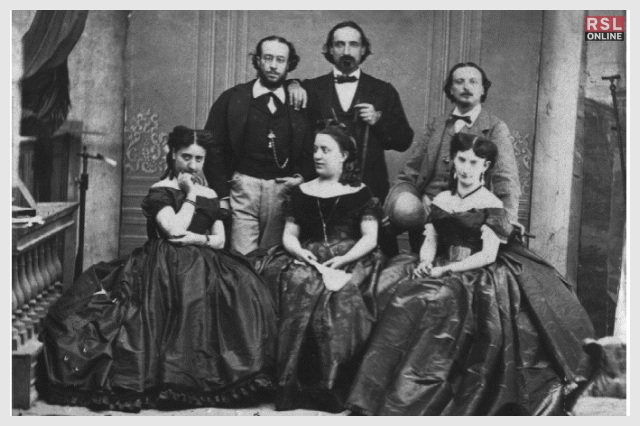
Ángela Peralta: Personal Life
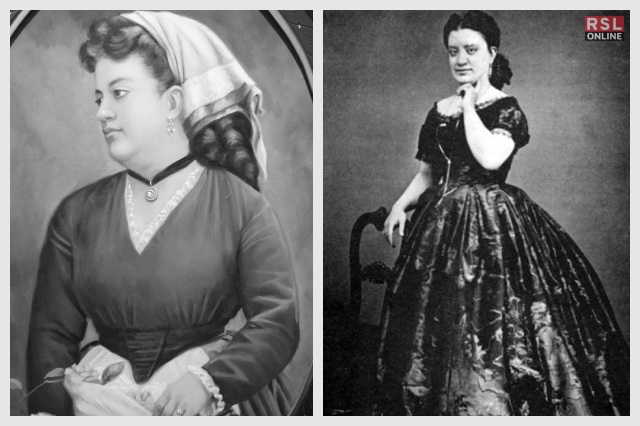
After returning to Madrid, Ángela Peralta married her cousin. But her husband died in 1877. Following the death of her husband, she started a relationship with Julián Montiel Y Duarte. This affair started a scandal among the elites of Mexico City.
These elites boycotted her shows, and they paid hecklers to disturb them during her shows and interrupt them. Yes, she managed to recover her reputation. However, she took a vow never to perform in Mexico City.
Ángela Peralta Cause Of Death
Angela Peralta died from Yellow Fever. In the year 1883, Peralta and 76 of her company people arrived in Mazatlán, Northern Mexico, for a tour. This is where Angela and many of her company members contracted yellow fever.
But this is when she married her longtime lover. Ángela Peralta married her lover on her deathbed. She was only able to nod her head slightly to agree to the marriage. She died soon after, at the age of 38.
After 50 years of her death, Ángela Peralta’s remains were taken back from Mazatlán to Mexico City in 1937.
Some Interesting Facts
Here are some interesting facts about the famous operatic Nightingale Angela Peralta.
- She had a very long name – Her full name is María de Los Ángeles Manuela Tranquilina Cirila Efrena Peralta Castera.
- Peralta was able to go abroad and start her study of music in Italy thanks to a patron.
- Angela Peralta received 32 curtain calls after her performances at Teatro Regio in front of King Victor Emmanuel II.
- The last performance of Peralta was in La Paz in Mexico. She sang the role of Maria from Maria Di Rohan.
- The signature role she was famous for was Lucia from Lucia Di Lammermoor. She performed this role 166 times throughout her life. She also performed the role of Amina from La Sonnambula 122 times.
- In her honor, the Theatre Mazatlan, In Mexico was renamed Ángela Peralta Theater.
- Her 175th Birthday was commemorated by Google in 2021 through Google Doodle.
Frequently Asked Questions (FAQs):
Here are some popular questions people ask about the pioneer operatic singer. You will find the answers informative.
Ans: Angela Peralta died from Yellow fever, which she caught after her arrival in Northern Mexico, Mazatlan.
Ans: Peralta was married to her cousin, who died in 1877. After her husband’s death, she had an affair with her opera manager, which broke into a scandal tarnishing her reputation as a singer. This also made her take a vow never to perform in Mexico City.
Ans: Peralta died at the age of 38 due to Yellow Fever.
Mexican Nightingale
Even though she was given the title of the Mexican nightingale, her life was made difficult by Mexican elites who taunted her due to her affair. However, Ángela Peralta still remained the famous operatic soprano she was and kept on singing until her death.
Peralta was Not just a singer; in fact, she was more. Her life and career as an operatic icon are an inspiration to many. I hope that this article is of any value to you. Also, if you want to ask us any questions, you can take them to the comment section.
Read Also:

















